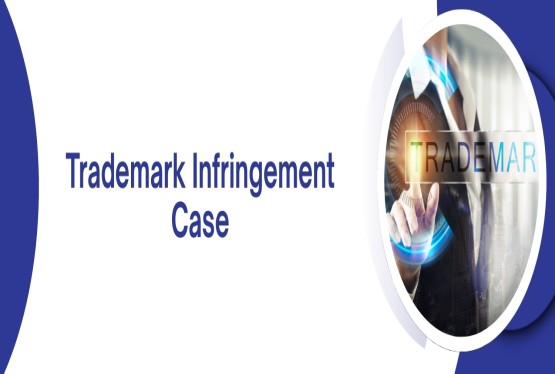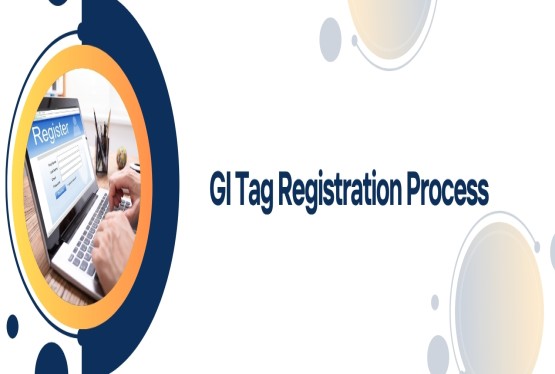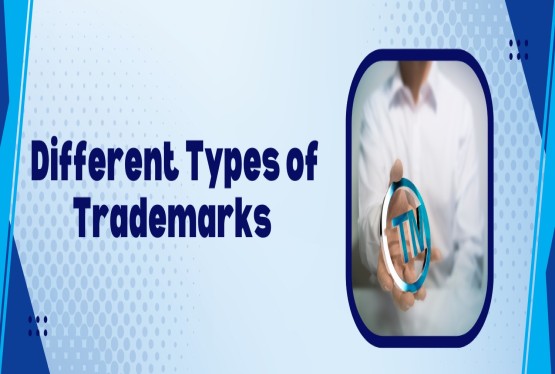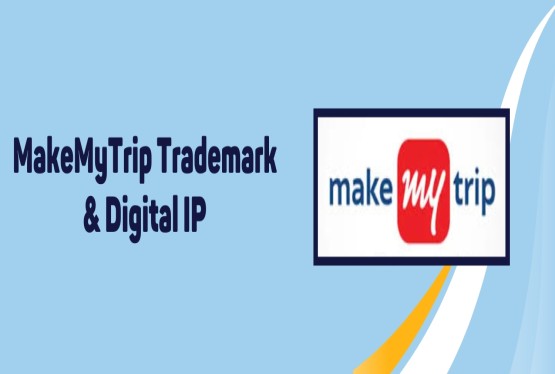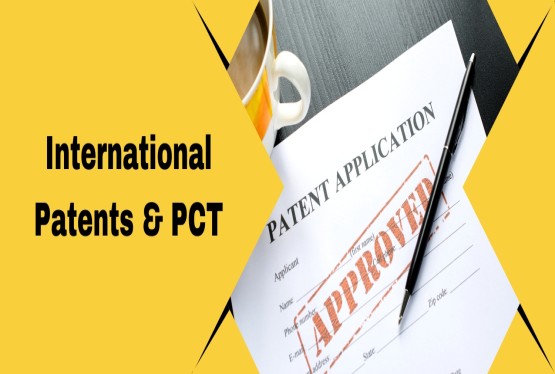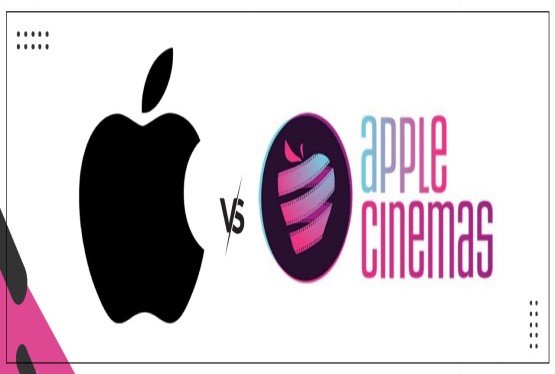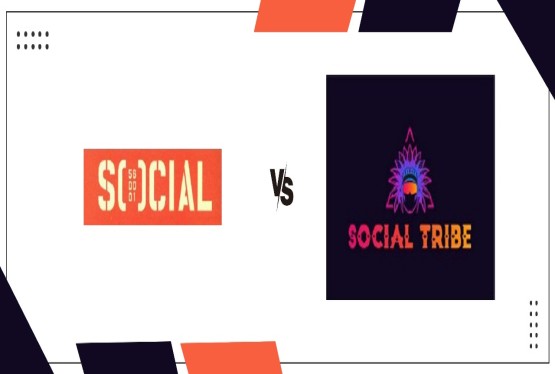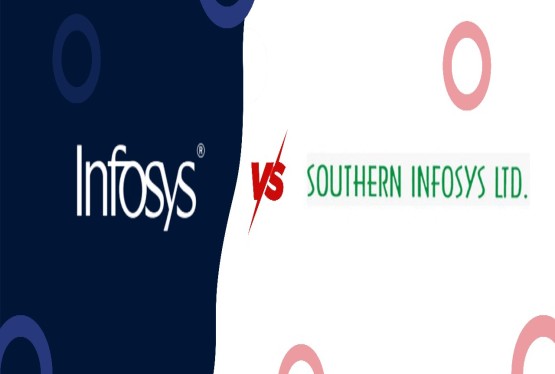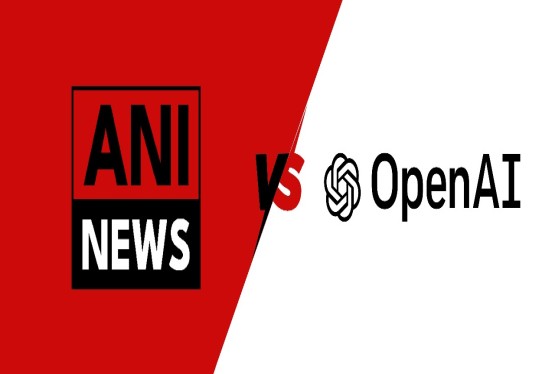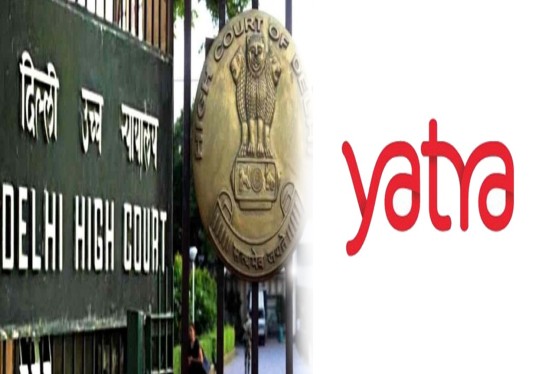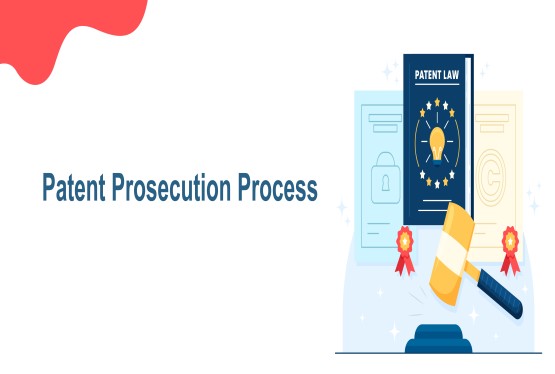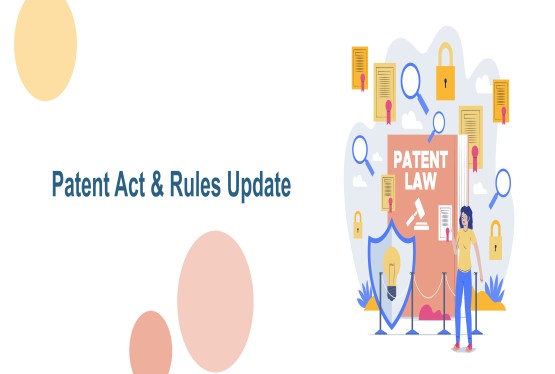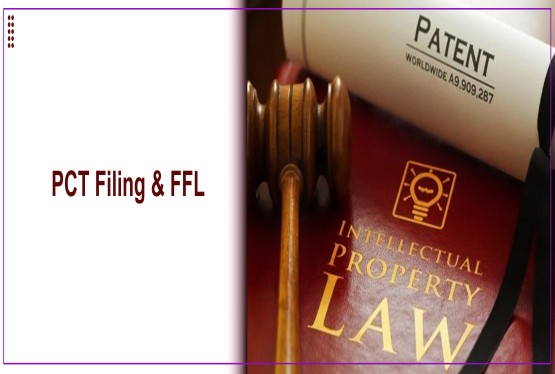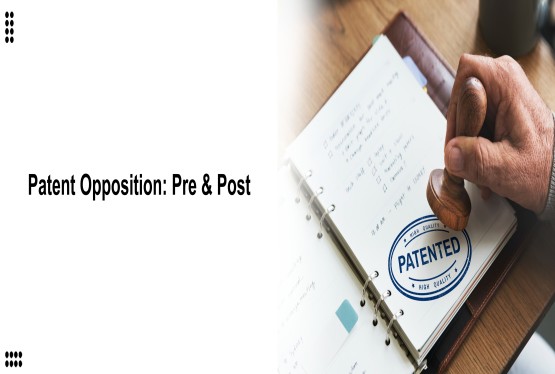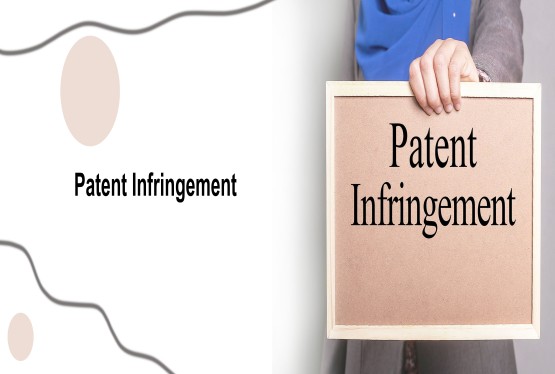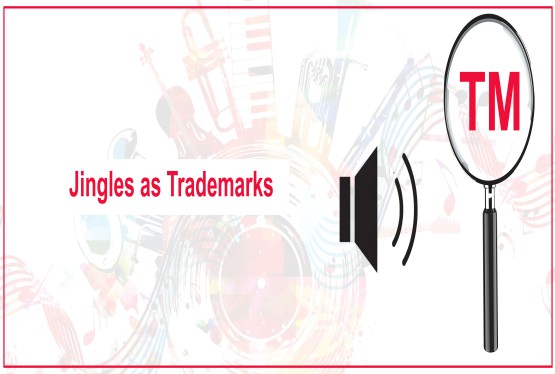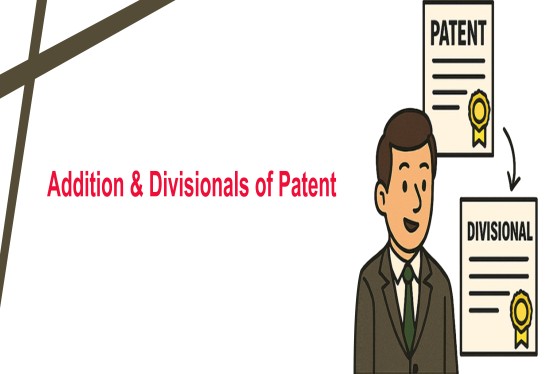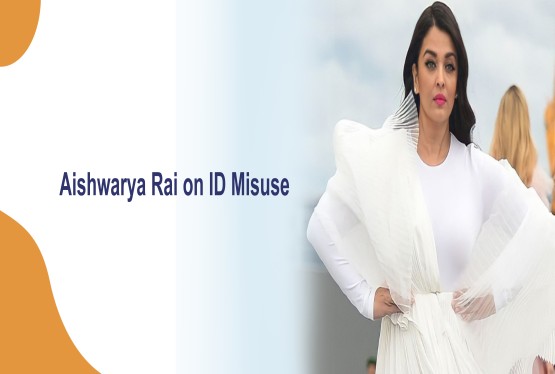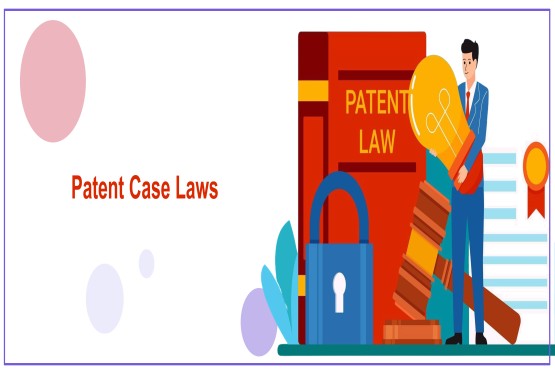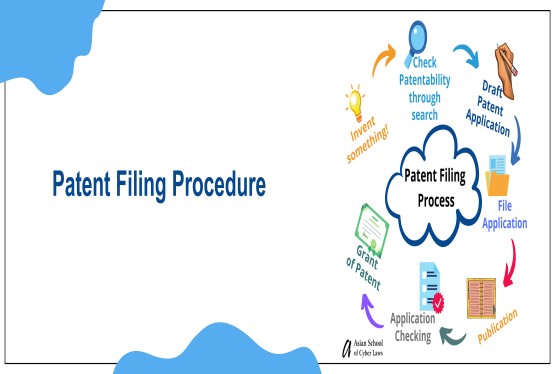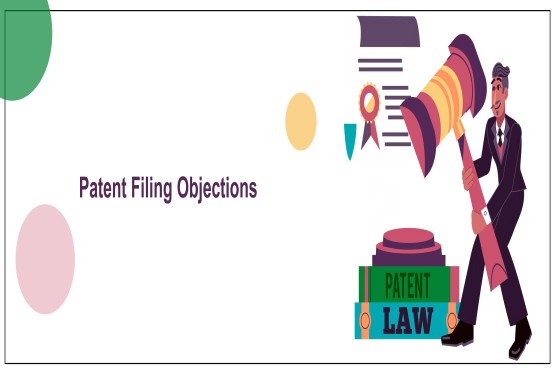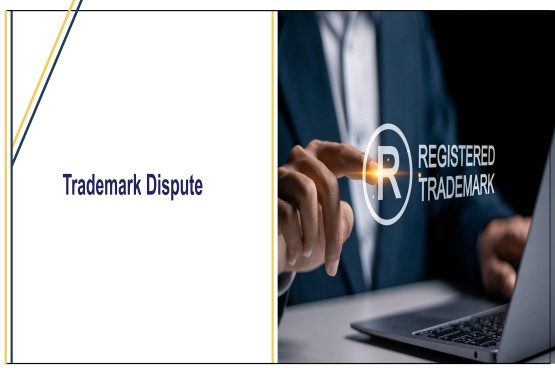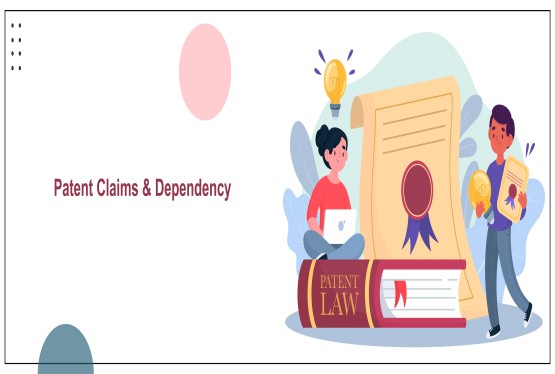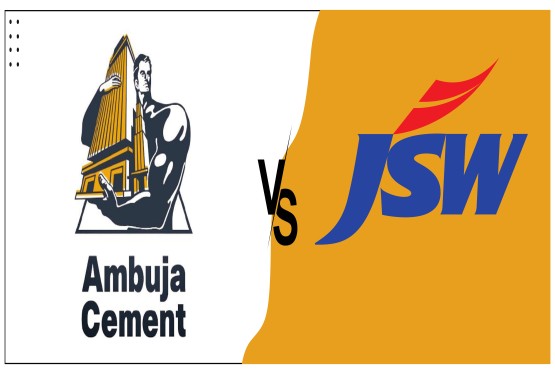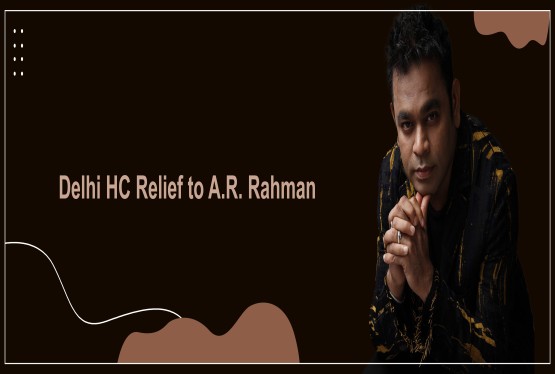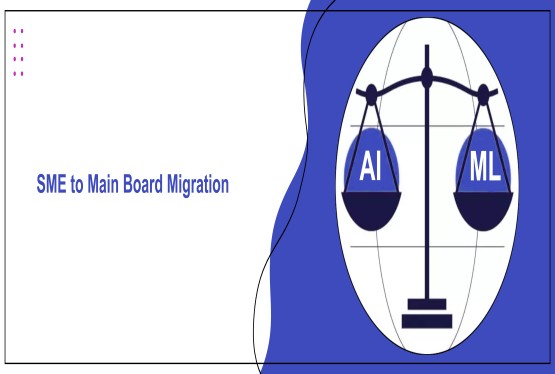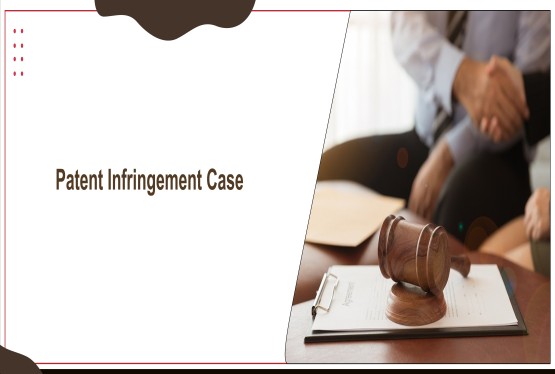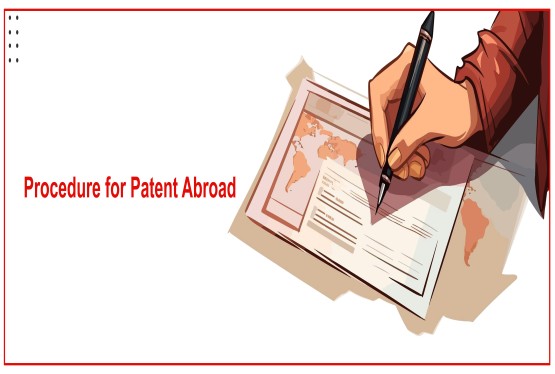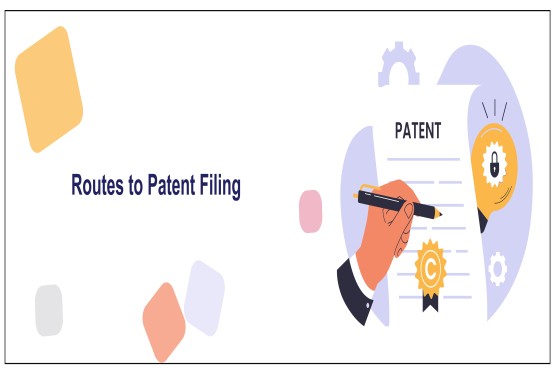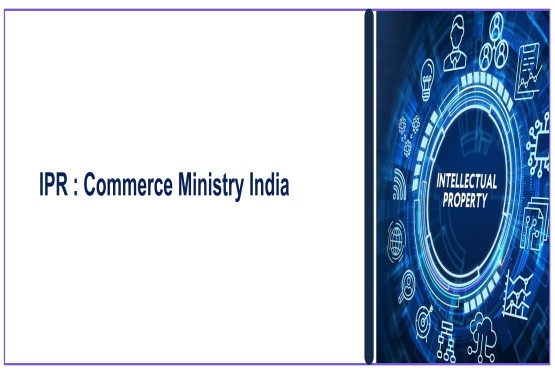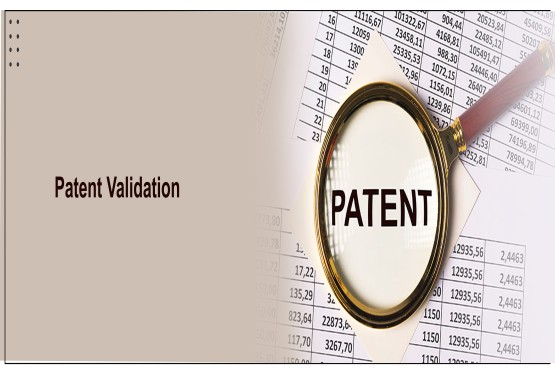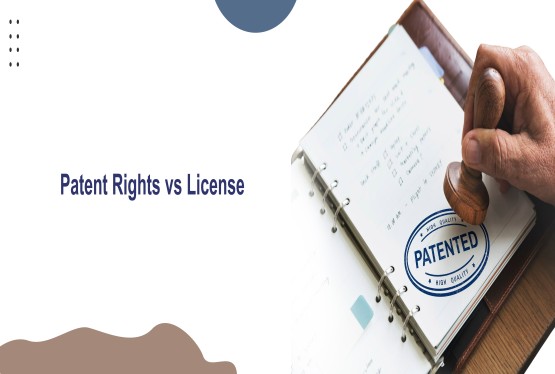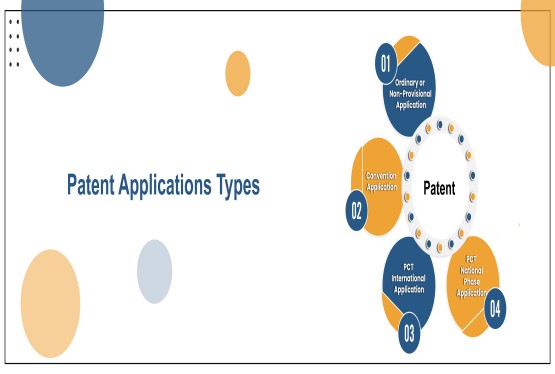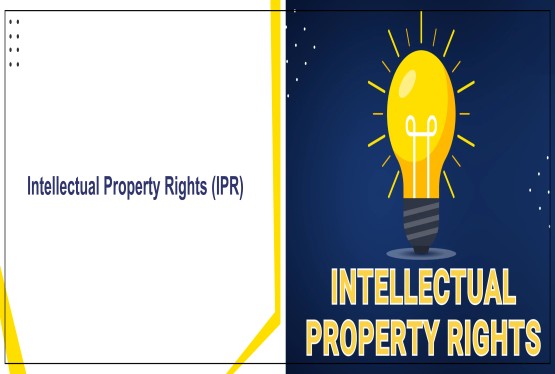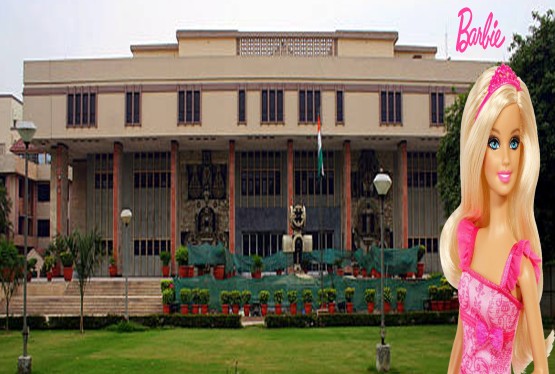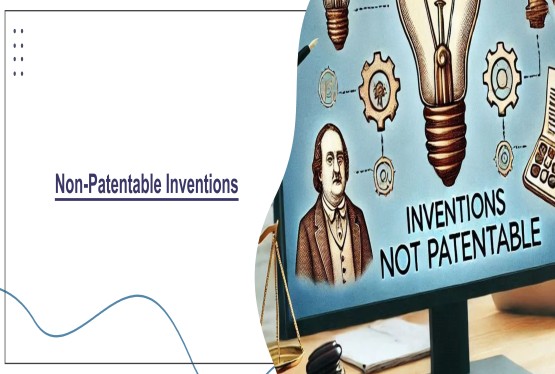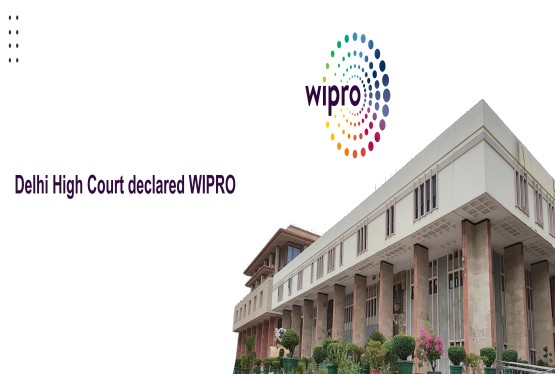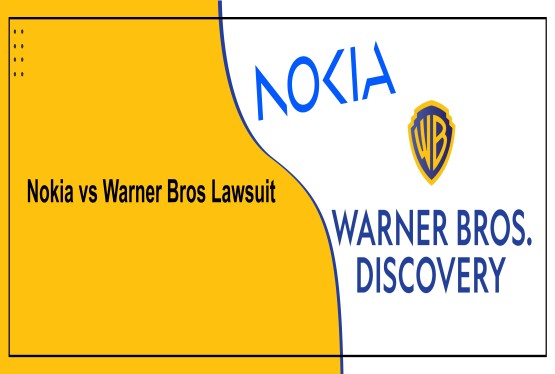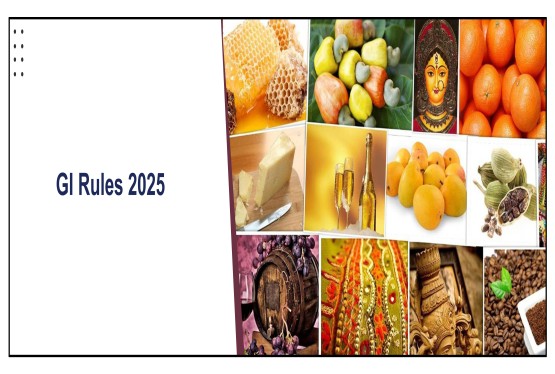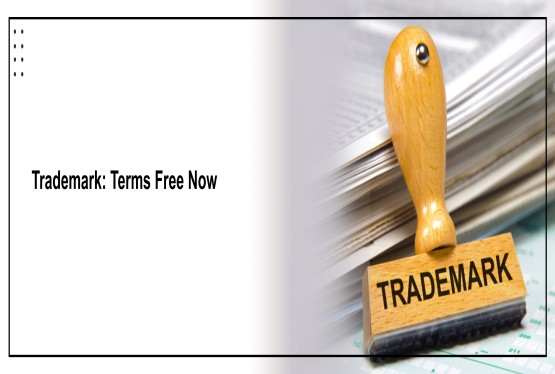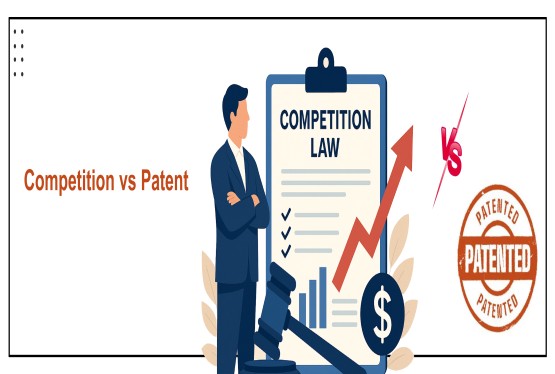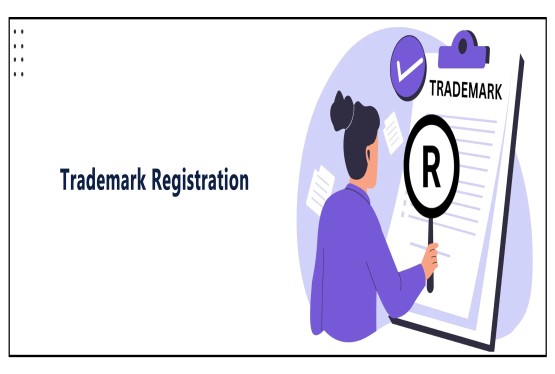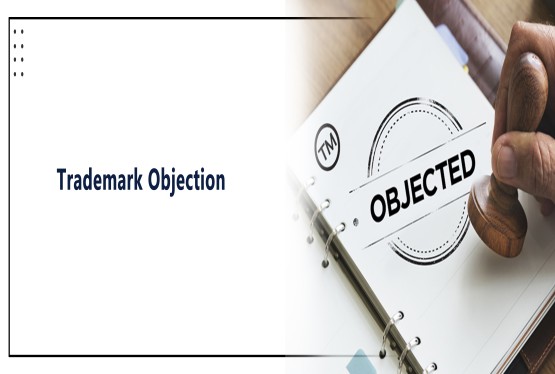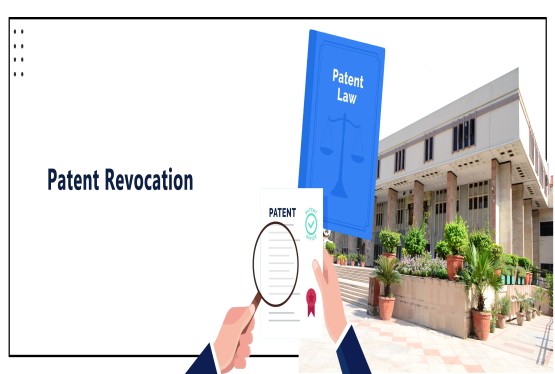Rapid technological advancements, artificial intelligence (AI) and digital technologies are reshaping various aspects of business and law. Trademark protection, a cornerstone of intellectual property rights, is no exception. The interplay of AI and technology with trademark law has introduced new opportunities and challenges, particularly in the Indian context. This article explores the transformative impact of AI and technology on trademark protection, including aspects of trademark registration, trademark infringement, and trademark withdrawal, supported by statutory provisions and judicial precedents under Indian law.
1. AI in Trademark Search and Registration
AI-driven tools have revolutionized the processes of trademark search and registration by enhancing efficiency, accuracy, and accessibility.
1. Trademark Search
Before filing for trademark registration, conducting a search is crucial to avoid conflicts with existing marks. AI-powered search tools can analyze vast databases of trademarks, both registered and pending, to identify potential conflicts. These tools employ natural language processing (NLP) and machine learning (ML) algorithms to detect similarities in wordmarks, logos, and other elements.
2. Streamlining Registration
AI systems assist in automating the review of trademark applications, reducing human error and expediting decision-making. This aligns with the goals of Section 18 of the Trade Marks Act, 1999, which governs the filing of applications for trademark registration in India.
Example: The Indian Trade Marks Registry has integrated AI tools to facilitate quicker examination and publication of trademarks in the Trade Marks Journal, making the process more efficient.
2. Technology in Enforcement and Monitoring
1. Trademark Infringement Detection
AI tools can proactively detect potential trademark infringement across digital platforms, including e-commerce websites, social media, and online marketplaces. By scanning for unauthorized use of registered marks, businesses can take timely action to protect their brand identity.
Statutory Reference: Section 29 of the Trade Marks Act, 1999, outlines the remedies available to trademark owners in cases of infringement.
Case Law: In Kapil Wadhwa v. Samsung Electronics Co. Ltd. (2012), the Delhi High Court emphasized the importance of prompt action against trademark infringement, a task AI can significantly facilitate in the digital age.
2. Brand Monitoring
Technology-driven monitoring tools help businesses track the use of their trademarks globally, ensuring consistency in brand representation and preventing dilution. This is particularly critical for startups and SMEs seeking to expand into international markets.
3. AI and Challenges in Trademark Law
While AI offers significant advantages, it also presents unique challenges that must be addressed within the legal framework.
1. Deceptive Similarity
AI’s ability to generate content, including logos and designs, has raised concerns about deceptive similarity. Section 11 of the Trade Marks Act prohibits the registration of marks that are confusingly similar to existing trademarks. However, with AI creating millions of variations in seconds, determining the originality and distinctiveness of a mark becomes increasingly complex.
2. Ownership of AI-Generated Trademarks
One of the most debated issues in intellectual property law is the ownership of AI-generated creations. Can an AI be considered an author or creator under the law? In the context of trademarks, this raises questions about who owns the rights to an AI-generated mark—the developer of the AI, the user, or both?
4. Role of Blockchain in Trademark Protection
Blockchain technology is emerging as a powerful tool for trademark protection, offering transparency and security in the management of intellectual property.
1. Proof of Ownership
Blockchain can serve as an immutable ledger for recording trademark ownership and usage. By timestamping registrations, it provides incontrovertible proof of first use, a critical factor in disputes under Indian trademark law.
2. Combating Counterfeiting
Counterfeiting is a pervasive issue in India, affecting industries ranging from fashion to pharmaceuticals. Blockchain-enabled systems can authenticate products and verify their origin, helping businesses protect their trademarks against counterfeit goods.
Case Law: In Daimler Benz Aktiegesellschaft v. Hybo Hindustan (1994), the Delhi High Court underscored the need for stringent measures against counterfeiting to uphold the reputation of well-known trademarks.
5. Digital Platforms and Trademark Infringement
The rise of e-commerce and social media platforms has created new avenues for trademark infringement, necessitating innovative enforcement strategies.
1. Keyword Advertising
Search engines and digital advertisers often use trademarks as keywords to direct traffic to competing businesses. While this practice boosts visibility, it can also lead to trademark infringement if done without authorization.
Statutory Reference: Section 29(6) of the Trade Marks Act specifically addresses the use of a registered trademark in advertising without the owner’s consent.
2. Social Media Misuse
Fake accounts and unauthorized use of trademarks on social media platforms pose significant challenges for brand owners. AI tools can help identify and report such violations to platform administrators, streamlining enforcement efforts.
6. AI and Predictive Analysis in Trademark Litigation
AI-driven predictive analytics are transforming the litigation landscape by providing insights into case outcomes, legal strategies, and potential damages.
1. Assessing Likelihood of Success
AI tools can analyze historical case data to predict the likelihood of success in trademark disputes, aiding businesses in making informed decisions.
2. Enhancing Legal Research
AI-powered legal research platforms simplify the task of finding relevant case laws and statutes, saving time and resources for trademark litigators.
7. Indian Case Laws Highlighting the Need for Technology in Trademark Law
1. Satyam Infoway Ltd. v. Sifynet Solutions Pvt. Ltd. (2004)
In this landmark case, the Supreme Court recognized the importance of protecting domain names as trademarks, highlighting the interplay of technology and trademark law.
2. Tata Sons Ltd. v. Hakunamatata Tata Founders & Ors. (2022)
The Delhi High Court stressed the need for proactive measures to prevent misuse of trademarks in the digital sphere, underscoring the role of AI and technology in enforcement.
8. Future Implications and Recommendations
The integration of AI and technology into trademark law is both inevitable and necessary. To fully leverage these advancements, the following measures are recommended:
1. Regulatory Framework for AI
India must develop a regulatory framework to address the unique challenges posed by AI-generated trademarks, including issues of ownership and liability.
2. Collaboration with Tech Companies
The government and businesses should collaborate with technology providers to develop tools for trademark search, monitoring, and enforcement.
3. Capacity Building
Training trademark examiners, litigators, and judges in AI and technology will enhance their ability to address complex cases involving digital platforms.
Conclusion
AI and technology are reshaping the landscape of trademark protection, offering unprecedented opportunities to enhance efficiency, accuracy, and enforcement. However, they also bring new challenges that require a robust legal framework and proactive measures. The Trade Marks Act, 1999, provides a solid foundation for addressing these issues, but continuous evolution is necessary to keep pace with technological advancements. For businesses and legal practitioners in India, understanding and adapting to these changes will be key to safeguarding trademark rights in the digital age.
FAQs
Q1. How is AI changing trademark search and registration?
Ans. AI-powered tools are making trademark searches faster and more accurate by analyzing vast databases of trademarks using natural language processing and machine learning. AI systems also assist in automating parts of the registration process, speeding up reviews and reducing errors.
Q2. How can technology help in enforcing and monitoring trademarks?
Ans. AI tools can proactively detect trademark infringement across digital platforms like e-commerce sites and social media. Technology-driven monitoring tools also help businesses track the global use of their trademarks, ensuring brand consistency and preventing dilution.
Q3. What are some of the challenges that AI presents to trademark law?
Ans. AI's ability to generate content raises concerns about deceptive similarity, making it harder to determine the originality of marks. There are also complex questions about the ownership of AI-generated trademarks.
Q4. How can blockchain technology be used for trademark protection?
Ans. Blockchain can provide an immutable record of trademark ownership and usage, offering proof of first use in disputes. It can also be used to combat counterfeiting by authenticating products and verifying their origin.
Q5. What are some key recommendations for adapting to the impact of AI and technology on trademark law?
Ans. India needs a regulatory framework to address issues related to AI-generated trademarks, including ownership and liability. Collaboration between the government and tech companies is needed to develop better tools for trademark management. Finally, capacity building through training for legal professionals is essential for handling complex digital trademark cases.






























_(b)_of_the_Trademark_Act,_1999_(1)_crop10_thumb.jpg)



_crop10_thumb.jpg)




























_crop10_thumb.jpg)
_crop10_thumb.jpg)






_crop10_thumb.jpg)








_crop10_thumb.jpg)



_crop10_thumb.jpg)





























_crop10_thumb.jpg)

















_crop10_thumb.jpg)






_crop10_thumb.jpg)











































































































































_crop10_thumb.jpg)




































_crop10_thumb.jpg)












_crop10_thumb.jpg)













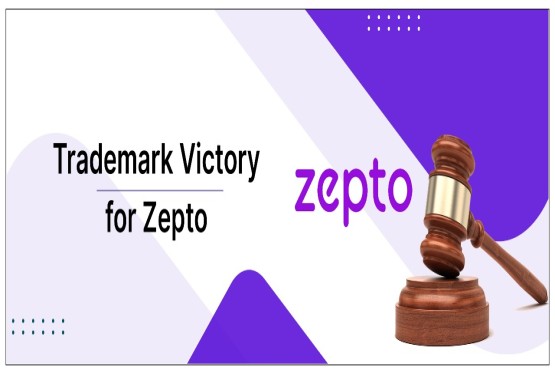




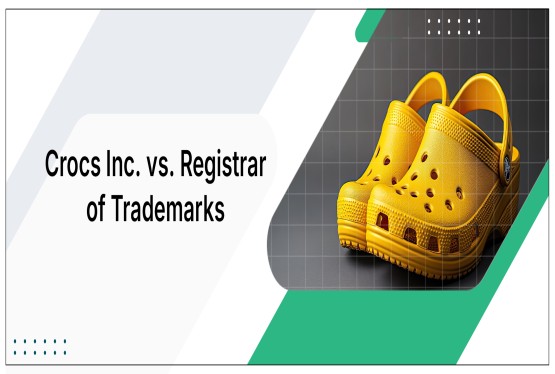















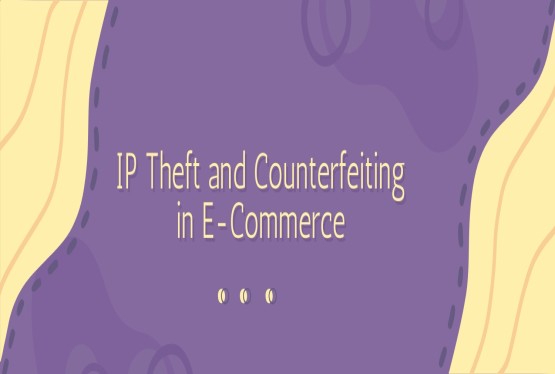












_crop10_thumb.jpg)






